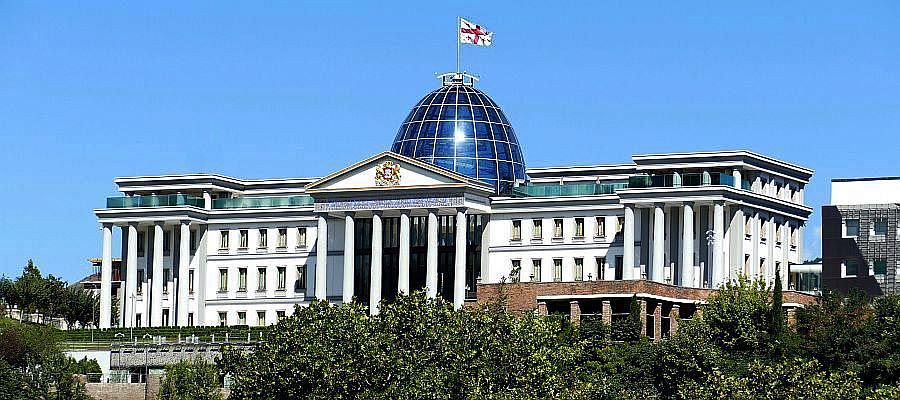The range also exceeds the most recent ICIS analytics power demand forecast for 2030 of 584 TWh.
Altmaier said:- The electricity consumption forecast for 2030 was adjusted due to the new version of the Climate Protection Act and the new ambitious climate targets approved at the end of June 2021
With even greater power demand anticipated by 2030, Germany requires more installed renewable capacity to avoid a supply risk and becoming even more dependent on imports.
Altmaier targeted German offshore wind capacity of 40 GW by 2040, double the existing target for 2030.
This would undershoot ICIS analytics’ current 2040 forecast of 49 GW.
Altmaier noted:
- The target may be increased, but complex challenges remain regarding impacts for the environment and sectors such as fishing
- Solar capacity needs to increase, but that with increasing social acceptance of onshore wind, the country expects to meet its 2030 target, which is 71 GW, up from 56 GW currently
Altmaier also revised German hydrogen production assumptions.
Green hydrogen production is expected to reach 19 TWh by 2030, an increase of 5 TWh on the country’s national hydrogen plan released in 2020.
The minister stated that a large proportion of Germany’s future hydrogen would need to be imported.
According to the national strategy, German hydrogen demand is expected to reach between 90-110 TWh by 2030.
This means Germany will need to look to other potential producers of low-carbon hydrogen to make up the shortfall in supply.
One potential source of large-scale low-carbon hydrogen could be via the Nord Stream 2 pipeline, Nord Stream 2 CEO Matthias Warnig told ICIS on 11 July.
The Russia-Germany pipeline can deliver up to 55 bcm/year of gas, however Warnig stated in a recent interview that the line could also be converted to carry hydrogen.
Gazprom, the owner of Nord Stream 2, is currently exploring various hydrogen production methods.
This could mean that either green or blue hydrogen is transported to Germany via Nord Stream 2 in the future.
A recent ICIS analysis also showed that Denmark could be well positioned to supply Germany with green hydrogen.
European energy infrastructure company Gasunie and Danish energy system operator Energinet released a technical study towards the end of April that showed Denmark could produce up to 13 TWh of hydrogen by 2030.
German hydrogen demand is the highest in all of Europe.
In 2018, hydrogen demand totalled 72 TWh, roughly 22% of Europe’s annual demand.
Germany’s current hydrogen strategy outlines having 5 GW of electrolyser capacity online by 2030, with potential to increase this by another 5 GW between 2035-2040.
Author: Jake Stones







